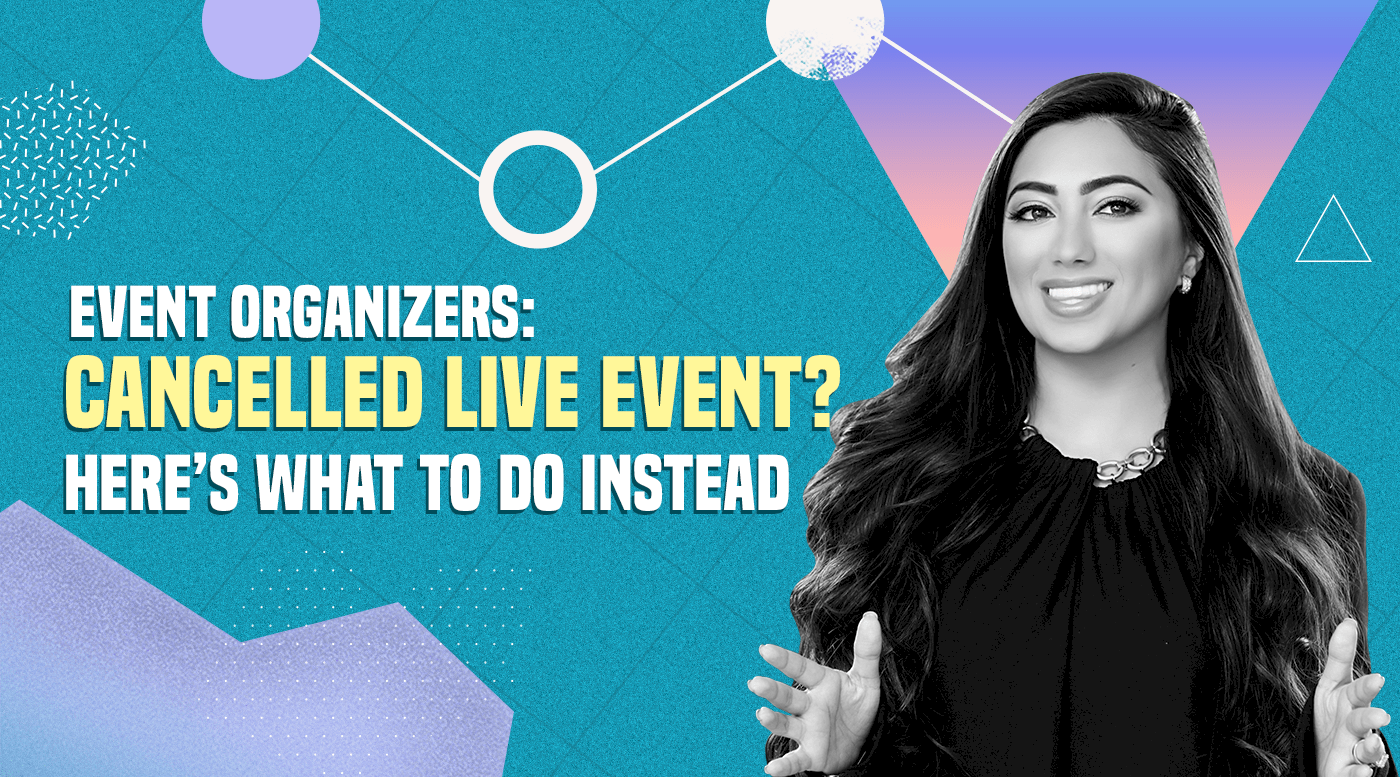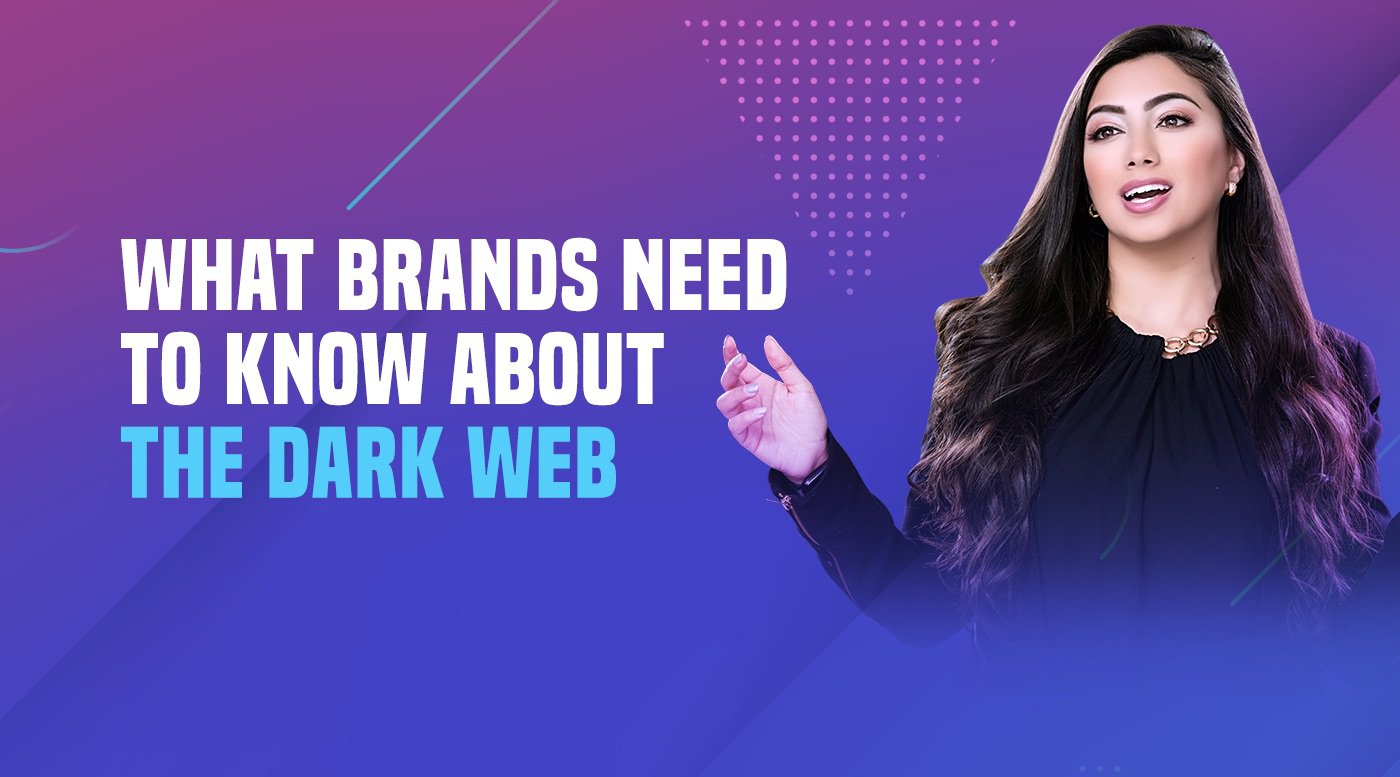Marketing to 100 Year Olds: How Longevity Will Transform Finance, Healthcare and Education
Right now, Stanford University is addressing a pressing and fascinating question:
What happens to society when everyone starts living to 100? How will we stay physically fit, financially stable and mentally sharp, especially in that back half?
Exploring these questions is the goal of the Stanford Longevity Project. To answer these questions, they’ve partnered with major brands like Wells Fargo, Instructure, and Principal to help research key elements like financial security, lifelong learning, and healthcare.
Despite America’s average life expectancy declining the past couple years due to more overdoses, suicides and alcohol-related illnesses, people are going to be able to live longer. Strong advancements have been made in cancer. This month, the U.S. saw its sharpest one year decline in cancer death rate. That will save millions of lives alone.
But this isn’t just a health and wellness conversation. What this presents are multiple opportunities in multiple verticals for marketers.
One of the biggest trends at CES this month was a new generation of healthcare wearables. There were earbuds to detect blood pressure for hypertension, temporary tattoos that tell you when to get out of the sun, smart glasses that assist people with dyslexia and watches that detect for sleep apnea. The trend was to make things discreet, easy-to-use, and built in to everyday items that are already a part of our lives.
We’re heading toward a future in which every human body will have a functioning check engine light. Yes, anyone who has ever driven a car, knows that thing sometimes just pops on for no explainable reason. But you can imagine how much better healthcare will be when a sensor will tell you something needs attention rather than scrolling through WebMD.
We will have the ability to know when something is wrong and immediately trigger tests, medication and treatment. Imagine if that sensor, using IoT, immediately sends and fills a prescription for you.
This is all possible and coming. And it’s going to make us live longer.
The first and most logical place as marketers and entrepreneurs to look for opportunity is healthcare. But we’ll get to education, finance and more later because they are equally important.
Opportunities in Healthcare
Cincinnati has one of the best healthcare startup scenes in the country. Cincinnati Children’s is ranked #3 nationally. CincyTech has raised nearly a billion in healthcare follow-on investment over the past ten years.
The common thread is they are tackling high-use issues in different ways. Everything from small, wearable, injectable devices (Enable Injections) that could be use for a multitude of conditions to analyzing people’s sweat to ensure proper dosing (Eccrine Systems).
The most interesting might be Sense Diagnostics because their simple device addresses a huge need. Stroke is hard to detect and time in triage is everything. Right now there isn’t a good way to tell which kind of stroke (transient ischemic, ischemic, hemorrhagic) someone is having in the field. An ambulance with their non-invasive device will quickly know and be able to start the right treatment or get someone to the right specialist immediately.
That’s a no-brainer product that can reduce deaths related to stroke.
Opportunities in Education
It’s a little less one-to-one in education. But we do know that if people live longer that the traditional approach to education and work must change. Today’s route of education being front-ended in your life will need to change to allow a longer living workforce to reskill for second and third careers.
As an entrepreneur you can look at this potentially changing landscape and realize there will be ways to help employers by mapping out this new journey for employees that focus on upskilling and reskilling your workforce. But there are already big investments being made in education. Thoma Bravo is buying Instructure (makers of the popular Canvas Learning Management System) for $2 billion as they see the growth and opportunity in the future of education as people extend their careers.
The entire education system is not going to flip, four-year education will still exist. But new avenues and approaches to learning will emerge as supplemental or alternative ways of reskilling for jobs that will target people in their 60s, 70s, and 80s. Just as technology has changed and opened up opportunities in recruitment and talent retention, expect companies to be more focused on how they can retain employees by helping them to continually add skills either in or outside of the current education system.
In fact, according to Instructure/Harris research, 71% of 18-29 year-olds expect their employers to provide education opportunities to advance their careers. And the Bureau of Labor lists that 65% of children in school right now will have a job that doesn’t currently exist.
Curriculums will obviously adapt, be more life-long and updated. They have already gone fully digital with over 30 million people using Canvas for online learning. Being able to brush up every three months on relevant skills via a subscription model may be a better future play in education. Most of the entrepreneurial opportunities will be in aiding employers because they have the budgets and the competition for retention.
But the more I write about it the more I can see entrepreneurs partnering with educators and institutions to enhance education. The roadmap is there.
Opportunities in Finance
Living longer changes the entire strategy. “Most standard retirement principles assume that retirement will last a maximum of 30 years. The commonly-used “4% rule” of retirement is an example of this. However, if you live to 100 or beyond, your retirement could last 35 years, 40 years, or longer,” said Nathan Hamilton, director and industry analyst at The Ascent from The Motley Fool. “A deferred annuity could be worth a look. Essentially, you put some money into an annuity when you first retire (or earlier), but that won’t start paying out until a certain age — say, 80 or 85. The idea is that even if your retirement nest egg is getting low as you get older, this move guarantees you a predictable income stream for life.”
Financial expert Winnie Sun added, “One big thing to consider is the decrease in annual premium cost of health, life, and long term care insurance costs, however increase on retirement savings needed, increase in employment years for full social security, and this could potentially decrease the volatility of the stock market and increase demand for fixed income investments and annuities.”
Even if you’re not well versed in finance a few things seem to be obvious if we live longer. How we plan will obviously change. How we receive care seems to be very open to disruption with digital, in-home and other supplemental options.
How we invest may also change as we look to create steady income streams that kick in throughout retirement rather than just upfront. This also may inevitable cause people to work later and longer especially as our workforce trends more and more from physical labor to less active roles.
This will have an impact on HR, hiring, talent attraction and a lot of other fields. And the biggest takeaway isn’t that living longer will impact one thing, it will impact everything. As humans we need to think about that for ourselves and our future generations. And as marketers and entrepreneurs we can start thinking about ways we can make that better, more productive and more secure for people.









